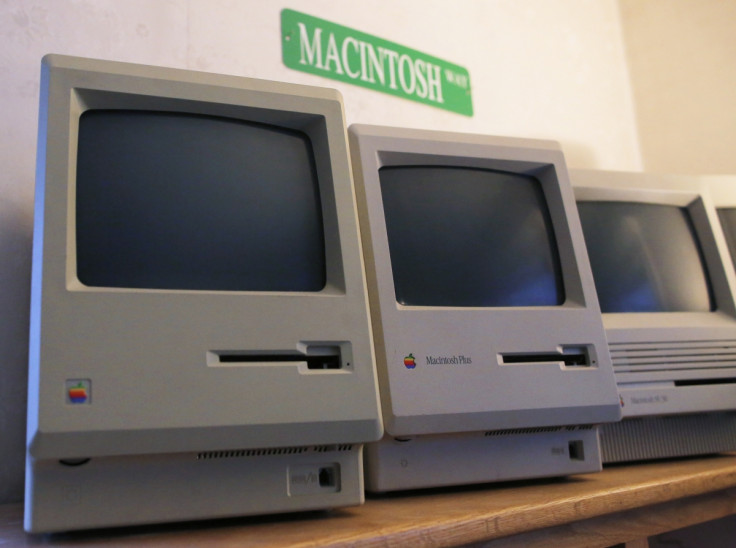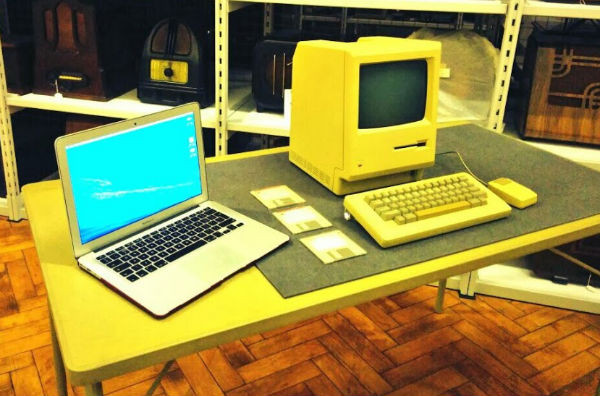30 Years of Mac: The Computer that Revolutionised the World
- "The Macintosh uses icons to represent functions as though there was some intuitive knowledge on the part of the user as to what these icons mean."
- "The Macintosh uses an experimental pointing device called a mouse."
These two quotes from John Dvorak of the San Francisco Examiner - dated 19 February, 1984 - sum up perfectly just why the Apple Macintosh, launched a month earlier on 24 January, was a computer which would change the world.
At the time computing was the preserve of the geek, the engineer, the enthusiast. It was something people did in their garages (such as Apple founder Steve Wozniak), something which was used for work, not play.
As the Mac turns 30, it is now clear that what Wozniak and fellow co-founder Steve Jobs started back in 1984, led to a computer revolution which has changed the way the world works.
A software revolution
In most senses, the original Mac was a bit of a pig. It had only 128 kilobytes of memory (with no easy way to expand it); a puny 9in black and white display; a single disk drive; and a keyboard without a numeric keypad.

But all that meant nothing because of the software it was running - Mac OS.
This was the real revolution of Apple's 1984 computer, which remember was far from its first personal computer.
The graphical user interface was, as you can can see from the quote above, a radical new way for people to interact with their computer.
The concept of point-and-click was unheard of in 1984 when the only way to interact with a computer was to type lines of code into a terminal.
Wide of the mark
It is not surprising that Dvorak and others reacted so strongly to the radical new design, but to say that Apple didn't fully understand "the nature of the personal computing revolution" was so wide of the mark as to be almost comical.
In the intervening years the popularity of the Mac has waxed and waned in harmony with the fortunes of Apple in general, but whether or not is the best-selling computer on the market is not the point.
The Mac has spawned a revolution in computing that continues today. Microsoft followed Apple's lead with Windows which went on to dominate the computing landscape for 20 years.
In 2014 computing has gone mobile with the advent of smartphones and tablets, but we are still using the GUI which the original Mac introduced.
Computing for the masses

Costing $2,495 the original Macintosh was not what we would consider cheap, but when comparable machines at the time cost $10,000+, this was a product which opened up computing to the masses.
30 years on, Apple's position as one of the world's most valuable companies has been built on its smartphone and tablet successes, but none of it would have been possible had Steve Jobs not pulled a squat beige box out of a bag at the Flint Center in California on 24 January, 1984 and launched the era of the personal computer.
© Copyright IBTimes 2025. All rights reserved.






















